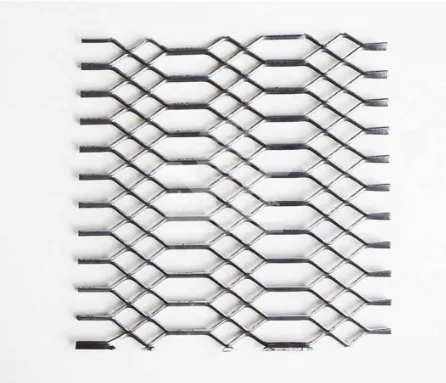The Versatility and Benefits of Perforated Corrugated Panels
In the realm of modern architecture and design, the use of materials that combine functionality, aesthetics, and sustainability is increasingly gaining importance. Among such materials, perforated corrugated panels are emerging as an innovative solution for a variety of applications. These panels, characterized by their unique structural design and perforated surface, present an array of benefits that cater to the needs of not only aesthetic enhancement but also practical functionality in building and construction.
Structural Composition and Design
Perforated corrugated panels consist of a series of wavy, ridged sections that are characterized by perforations—holes that are strategically placed throughout the surface. This design allows for several significant benefits, including reduced weight compared to solid panels and enhanced flexibility in installation. The corrugated structure provides superior strength and rigidity, making them a popular choice for both roofing and walling applications. These panels are often manufactured from various materials, including metal, plastic, and composite materials, allowing architects and builders to select the right type based on their specific project requirements.
Aesthetic Appeal
One of the standout features of perforated corrugated panels is their aesthetic versatility. With a range of patterns and hole sizes available, designers can create dynamic visual effects that can transform ordinary building facades into extraordinary statements. The perception of depth and texture provided by the perforations and corrugation creates a sense of movement, which can be particularly appealing in urban landscapes. Moreover, the integration of these panels can help architectural designs achieve modern, sleek looks while also resonating with natural elements, depending on the intended design philosophy.
Light and Air Management
Perforated corrugated panels excel in managing light and airflow, making them highly effective in a variety of settings. The holes in the panels allow for the diffusion of natural light, minimizing the reliance on artificial lighting during the day. This feature not only enhances the ambiance within a building but also contributes to energy savings. Additionally, the ventilation capabilities of perforated panels can allow for better airflow, which is particularly advantageous in industrial and commercial settings. Proper air circulation helps in controlling temperatures, reducing the buildup of heat, and improving overall indoor air quality.
perforated corrugated panels

Acoustic Control
In environments where noise pollution is a concern, perforated corrugated panels provide an excellent solution. The strategic arrangement of perforations can help in sound absorption, reducing echo and reverberation within a space. This characteristic is particularly valuable in applications such as auditoriums, conference centers, or open-plan offices. By using these panels, architects can enhance acoustics while ensuring that design aesthetics are not compromised.
Sustainability and Environmental Impact
In an age where sustainability is paramount, the use of perforated corrugated panels can contribute positively to environmental objectives. Many manufacturers produce these panels using recycled materials or in ways that minimize environmental impact. Their ability to facilitate natural ventilation means less reliance on mechanical cooling systems, leading to lower energy consumption. Furthermore, their lightweight nature requires less energy during transportation and installation, making them an eco-friendlier choice for modern buildings.
Applications Across Industries
The application of perforated corrugated panels spans across multiple industries. In the commercial sector, they are used for facades, ceilings, and partitions that require an attractive yet functional design. In industrial settings, these panels serve as protective barriers, storage enclosures, or even roofing solutions. They are also highly effective in residential projects where privacy and aesthetic appeal are desired.
Conclusion
In conclusion, perforated corrugated panels represent an innovative fusion of design, efficiency, and sustainability. Their structural integrity, aesthetic versatility, and functional benefits make them a preferred choice for architects and builders across various sectors. As the construction industry continues to evolve, the incorporation of such materials will likely play a pivotal role in shaping sustainable and visually appealing environments. Embracing the potential of perforated corrugated panels not only elevates architectural designs but also contributes to broader environmental goals, proving that functionality and beauty can coexist harmoniously in modern construction.
-
Why Galvanized Trench Cover Steel Grating Resists Corrosion
NewsJul.10,2025
-
The Versatility and Strength of Stainless Expanded Metal Mesh
NewsJul.10,2025
-
Load Calculations in Steel Grating Platforms
NewsJul.10,2025
-
Keeping Pets and Kids Safe with Chicken Wire Deck Railing
NewsJul.10,2025
-
Hole Diameter and Pitch for Round Perforated Metal Sheets
NewsJul.10,2025
-
Aluminium Diamond Mesh in Modern Architecture
NewsJul.10,2025
Subscribe now!
Stay up to date with the latest on Fry Steeland industry news.

